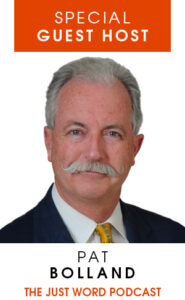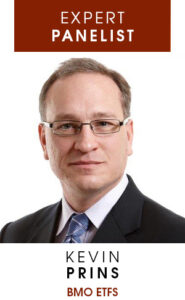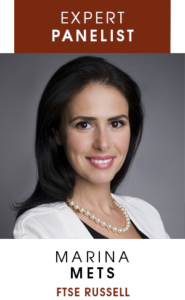Many investors at home enjoy researching different stocks and ETFs, educating themselves on markets to pinpoint the right exposures and get tied up in economics reports to keep a pulse on how current policy will affect their portfolios. But let’s get back to basics. Setting up a portfolio to reflect an optimal strategic asset allocation mix should be an investor’s number one decision in portfolio management, and this decision is often overlooked.
Asset allocation refers to the mix of various asset classes such as fixed income (bonds) and equities (stocks) in a portfolio. This decision is the key driver of long-term portfolio performance more important than individual stock or ETF selection. An investor’s asset allocation decision is unique to them and is determined by considerations such as their ability to take on risk, investment time horizon, and investment goals. One of the biggest challenges for investors is sticking with this initial asset allocation target over the long term, through market ups and downs. Using an asset allocation ETF which matches your risk tolerance can really help an investor build a balanced portfolio, stay within their appropriate risk tolerance band and most importantly to stay invested over the long run.
With a traditional ETF, typically you get exposure to only one asset class. So, if you’re trying to build a complete balanced portfolio of stocks and bonds, an investor will have to combine several ETFs together. Then an investor needs to figure out what the optimal mix is to allocate between those various ETFs. The other challenge is that investors must regularly rebalance the mix between all these different ETFs because as markets move, these initial allocations will also shift, which could lead to a riskier portfolio (if markets are rising) than initially intended. Asset allocation ETFs address these issues. They make great core portfolio solutions because they are an all-in-one, low cost, globally diversified portfolio of stocks and fixed income securities that match an investor’s optimal risk tolerance target and are rebalanced back to the initial target weights several times a year. And asset allocation ETFs offer all the benefits of an ETF: liquidity, diversity, transparency, ease of use, and cost efficiency.

There are several different asset allocation ETFs built on a variety of different risk levels: Conservative (60% fixed income, 40% equity), Balanced (40% fixed income, 60% equity), Growth (20% fixed income, 80% equity) and Equity Growth (100% equity). There are also asset allocation ETFs which address more specific investor needs such as ones focused on providing higher income streams to investors (monthly income) or ones that align with an investor’s environmental, social and governance (ESG) values.
Most providers offer a very competitive management fee for asset allocation ETFs. The management fee on BMO’s asset allocation ETFs is 0.18%. That is significantly cheaper than many other investment products. It’s also worth noting that this is an all-included cost structure, there is no added fee for holding the underlying ETFs.
An asset allocation ETF can be a very powerful tool for investors because they can access an entire portfolio of global stocks and bonds within a single ETF. And they can be assured they won’t be eroding their returns with a high fee product and may save time not having to worry about rebalancing an entire portfolio of stocks or ETFs.
8 Key Benefits of Asset Allocation ETFs
- Simplified Investing: An all-in-one investment solution that provides exposure to a complete balanced portfolio within a single ETF.
- Broad Diversification: Asset allocation ETFs hold several ETFs which provide exposure to thousands of stocks and bonds.
- Professionally Constructed: Leverage the asset allocation experience of industry professionals.
- Automatic Rebalancing: Keep your investment portfolio on track and within your risk and return objectives.
- Transparency: You can see what every underlying ETF is holding at all times. This information is made public and available on each ETF provider’s website.
- Liquid: You are able to buy asset allocation ETFs at any time when markets are open and they trade at very tight spreads. Many discount brokers also offer no commission trading on these types of ETFs.
- Lower Cost: ETF-based solutions tend to charge lower fees than other diversified investments.
- All-in-One Cost Structure: Asset Allocation ETFs only charge the advertised management expense ratio (MER) fee and do not charge the underlying ETF fees (no double dipping!).
DISCLAIMER:
Commissions, management fees and expenses all may be associated with investments in exchange traded funds. Please read the ETF Facts or prospectus of the BMO ETFs before investing. Exchange traded funds are not guaranteed, their values change frequently and past performance may not be repeated.
For a summary of the risks of an investment in the BMO ETFs, please see the specific risks set out in the BMO ETF’s prospectus. BMO ETFs trade like stocks, fluctuate in market value and may trade at a discount to their net asset value, which may increase the risk of loss. Distributions are not guaranteed and are subject to change and/or elimination.
BMO ETFs are managed by BMO Asset Management Inc., which is an investment fund manager and a portfolio manager, and a separate legal entity from Bank of Montreal.
BMO Global Asset Management is a brand name that comprises BMO Asset Management Inc. and BMO Investments Inc.
®/™Registered trade-marks/trade-mark of Bank of Montreal, used under licence.



















































